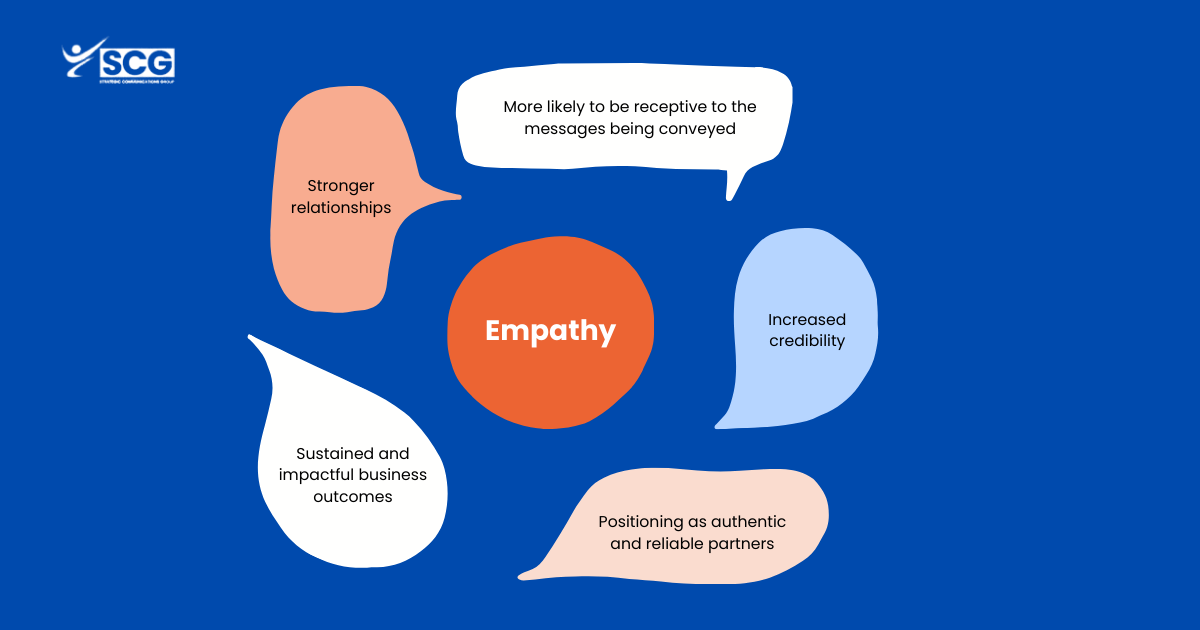Nonverbal communication plays a crucial role in the workplace, often conveying more than words alone. It includes body language, facial expressions, gestures, and even posture. Understanding and mastering nonverbal communication can enhance interactions, improve team dynamics, and foster a positive work environment. Here’s a look at how nonverbal cues influence professional settings:

Building Trust and Rapport
Nonverbal signals, such as eye contact, open body language, and a firm handshake, help establish trust and rapport with colleagues and clients. These cues signal confidence, attentiveness, and sincerity, which are essential for creating strong, trusting relationships.
Enhancing Communication Clarity
Body language can reinforce or contradict spoken words, affecting how messages are received. For example, nodding while listening shows agreement and attentiveness, while crossed arms might indicate defensiveness or disagreement. Aligning nonverbal cues with verbal communication can help ensure that messages are clear and understood as intended.
Managing Workplace Conflicts
Effective nonverbal communication can aid in resolving conflicts by demonstrating empathy and understanding. Techniques such as maintaining a calm posture, using open gestures, and showing active listening through body language can help de-escalate tensions and facilitate constructive dialogue.
Improving Team Collaboration
In team settings, nonverbal cues such as eye contact and attentive listening contribute to a collaborative atmosphere. Positive nonverbal interactions, like nodding in agreement or smiling, foster a supportive environment where team members feel valued and engaged.
Recognizing and Interpreting Others’ Emotions
Understanding nonverbal signals can help you gauge others’ emotions and reactions. For instance, noticing a colleague’s tense posture or avoiding eye contact might indicate stress or discomfort. Being attuned to these cues allows for better interpersonal support and adjustment of communication strategies.
Tips for Mastering Nonverbal Communication:
- Be Mindful of Your Body Language: Maintain an open and approachable posture. Avoid crossing your arms or turning away from the speaker.
- Use Eye Contact Wisely: Make eye contact to show engagement and sincerity, but avoid staring, which can be uncomfortable.
- Observe Others’ Nonverbal Cues: Pay attention to the body language of colleagues to better understand their feelings and reactions.
- Align Verbal and Nonverbal Messages: Ensure that your nonverbal communication complements your spoken words to avoid mixed messages.
- Practice Active Listening: Show you are listening by nodding, maintaining eye contact, and using appropriate facial expressions.
Mastering nonverbal communication can significantly enhance your effectiveness and professionalism in the workplace. By being aware of and controlling your own nonverbal signals, as well as interpreting others’, you can improve interactions, resolve conflicts, and contribute positively to your work environment.



